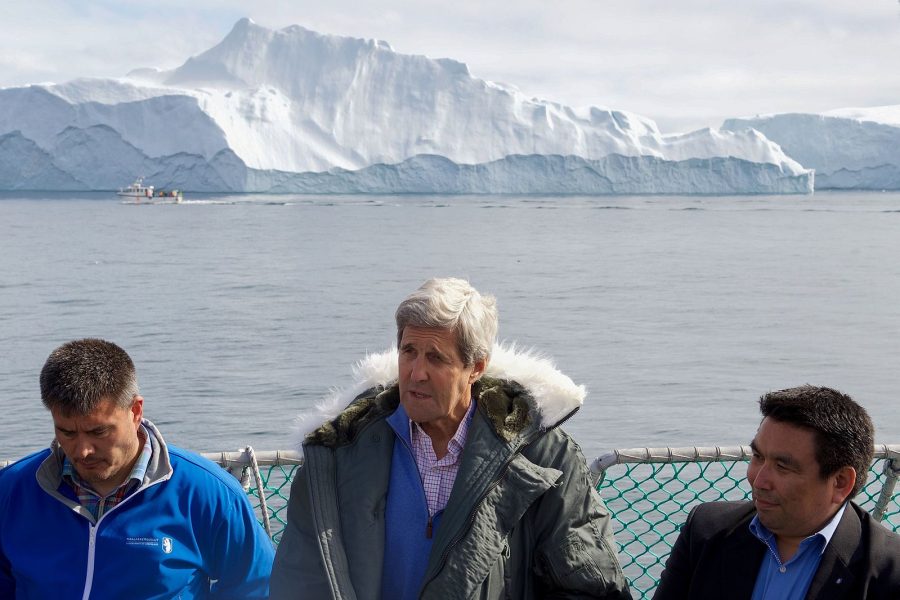NASA analyses of ground-based observations and satellite data have concluded that 2016 was a record-breaking year in terms of global surface temperatures and Arctic sea ice extent.
Each of the first six months of 2016 set worldwide records as the hottest respective months in the modern temperature record, which dates back to 1880. According to NASA, the six-month period from January to June was Earth’s warmest half-year on record, with an average temperature of 2.4 degrees Fahrenheit warmer than the late 19th century.
Five of the first six months of 2016 set global records for the smallest respective monthly Arctic sea ice extent since consistent satellite records began in 1979. The extent of Arctic sea ice at the peak of the summer melt season now, on average, covers 40 percent less area than it did in the late 1970s and early 1980s. Arctic sea ice extent in September, the seasonal low point in the annual cycle, has been declining at a rate of 13.4 percent per decade.
According to TheGuardian.com, Earth is well over halfway towards the two-degree mark that puts it into a real climate danger zone. The temperature levels reached in 2016 alone don’t prove the world is warming; which may be the reason individuals may not be able to physically feel the warmer weather; however, scientists never actually look at a single year as evidence of climate change. Proof of climate change was actually found in the world’s oceans. Several major studies published this year show that the world’s oceans have warmed over a number of years at an alarming rate.
The overall increase in warmth of the earth has led to an extensive amount of climate-change induced weather events that have affected, and should be concerning to, all of earth’s inhabitants. For instance, an increased rate of evaporation which has dried out certain areas and made pre-existing droughts worse has occurred. In other parts of the world, the warming air, which has more water vapor, has caused heavy rainfalls to occur.
In the United States alone, there has been a continuation of the drought in California, a new drought in the southeastern part of the country which has led to numerous wildfires, and an extensive amount of floods in states such as Maryland, West Virginia, Louisiana, Texas, Arkansas, Mississippi, and Iowa.
Other regions of the world, such as United Kingdom, Myanmar, Argentina, Indonesia, Spain, and Egypt, have witnessed simultaneous flooding and heat waves. Temperatures in Australia, India and the Middle East reached levels that were previously unheard of.
Furthermore, the warmth of the planet and its oceans has led to stronger typhoons and hurricanes as there is more energy available to fuel these storms. In 2016, seven of these storms were Category 5 storms – in other words, very strong storms. Among typhoons that hit land, two of the top five in history, occurred in 2016.
This overall increase in temperature of the planet is driven by rising concentrations of carbon dioxide and other greenhouse gases in the atmosphere. The planet has seen a 45 percent increase in the amount of carbon dioxide in its air. It’s safe to say that paying closer attention to our overall fossil fuel emissions, and the consideration of climate change reform, is well overdue.












